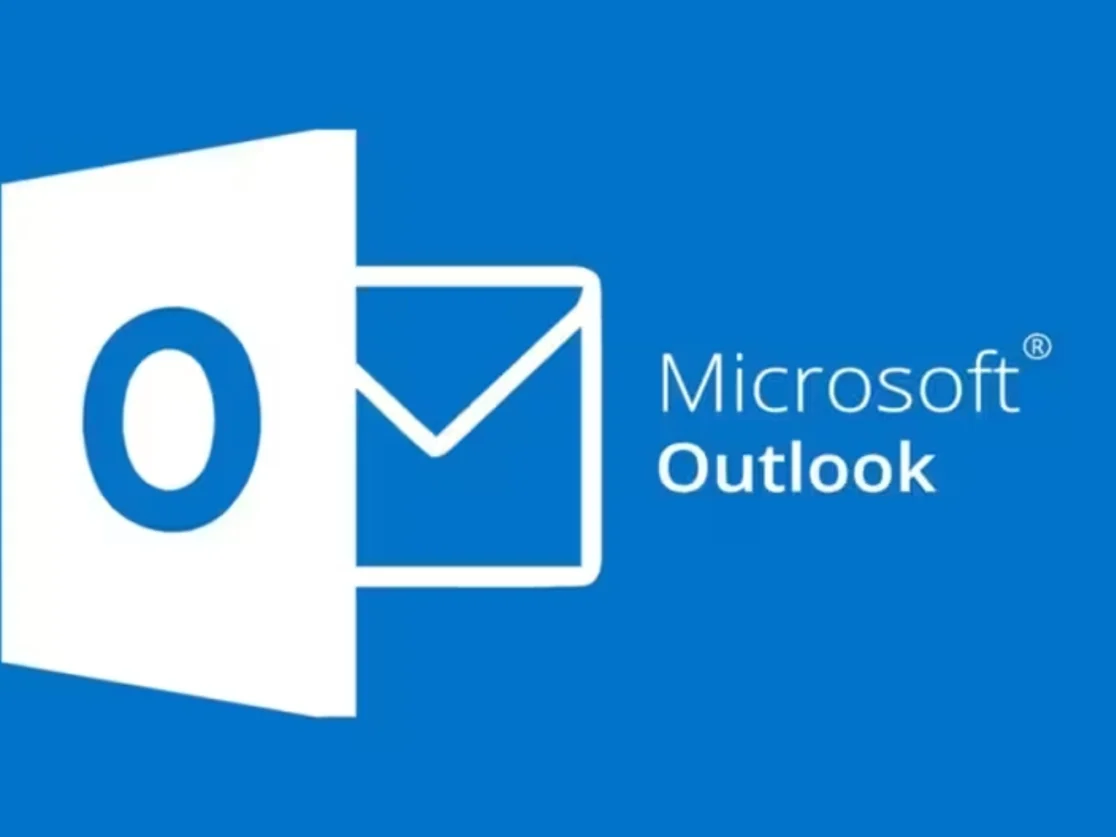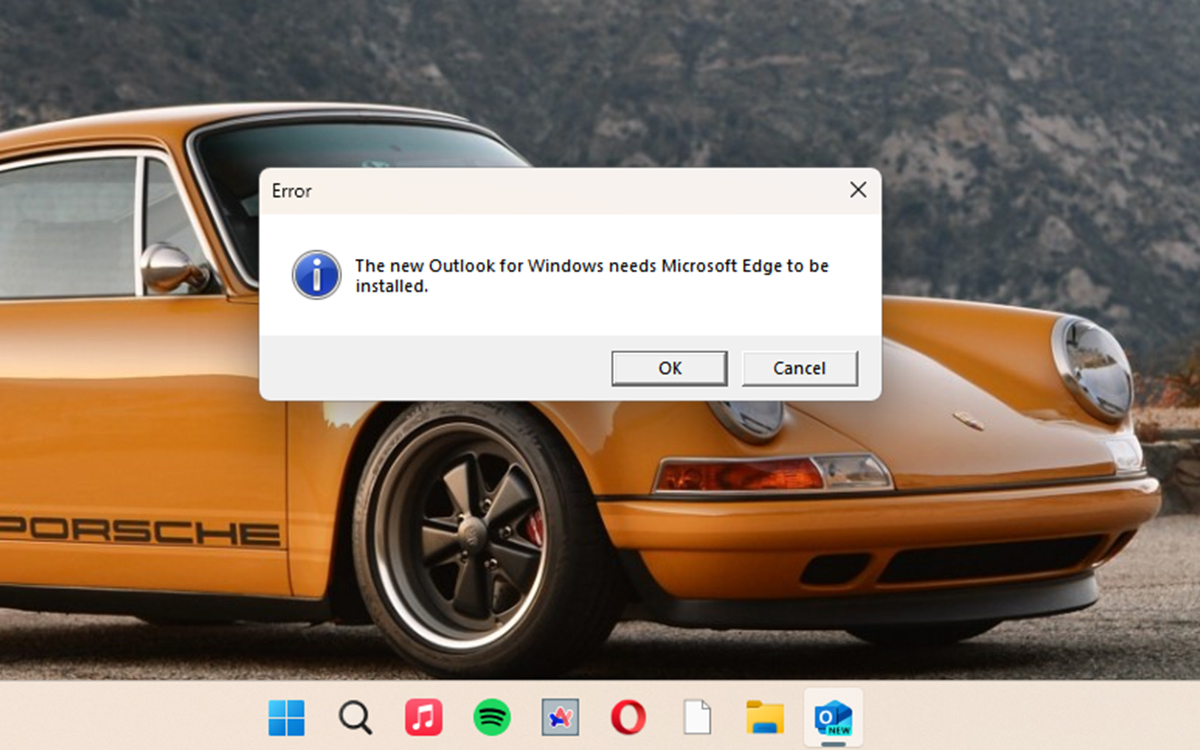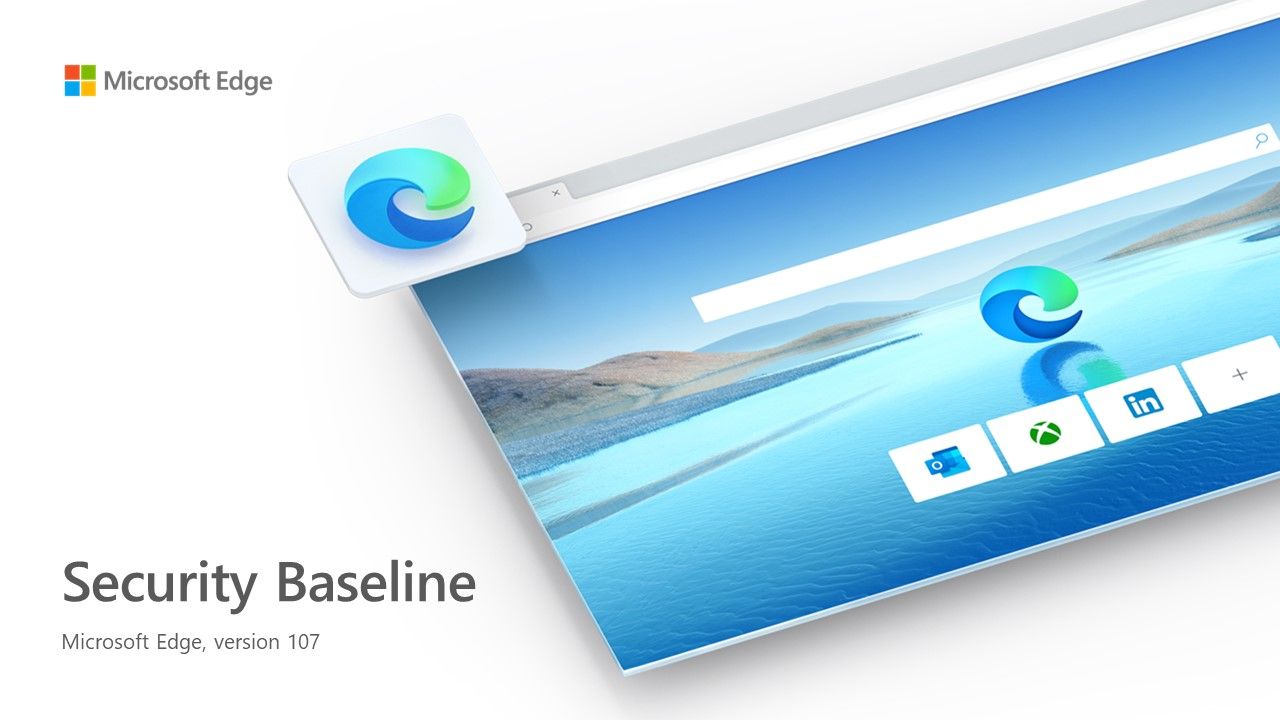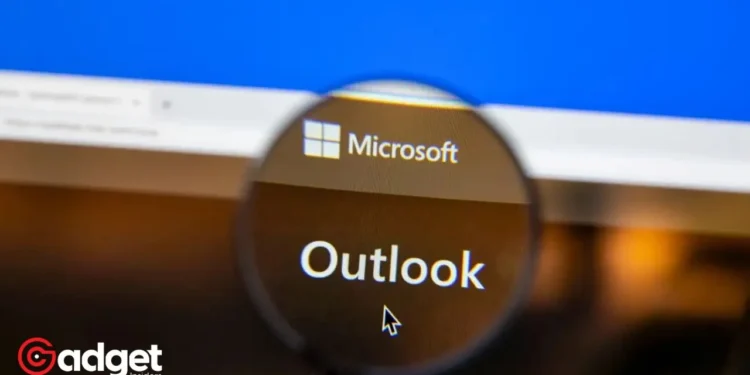Microsoft Outlook app might not work for millions. In the ever-evolving landscape of technology, where browser wars and software integrations become daily headlines, Microsoft has introduced a new twist in its strategy to bolster the user base of its proprietary browser, Microsoft Edge.
This move has ignited discussions, debates, and a fair share of criticism across various platforms, including Reddit, where users have been quick to share their experiences and concerns.

Microsoft Outlook: A Closer Look at Microsoft’s Strategy
At the heart of this development is the new Microsoft Outlook app for Windows, which, according to user reports and screenshots shared on Reddit, refuses to run unless Microsoft Edge is installed on the PC.
This requirement stems from the app’s reliance on Microsoft Edge WebView2 for executing web-related functions, marking a bold step by Microsoft to intertwine its software ecosystem more tightly than ever before.
Microsoft is forcing Outlook and Teams to open links in Edge, and IT admins are angry
byu/homothebrave intechnology
The Underlying Mechanics
The integration of Microsoft Edge WebView2 in the new Microsoft Outlook app for Windows is not just a technical decision but a strategic move. WebView2 enables the embedding of web content in native apps, offering a seamless user experience that blurs the lines between desktop applications and web services.
However, this integration comes at a cost – the mandatory installation of Microsoft Edge, raising eyebrows and questions about user choice and software independence.

The Controversy Surrounding User Choice
Mozilla, a longstanding advocate for an open and freely accessible internet, has recently criticized Microsoft for employing what it describes as “deceitful and harmful designs” to force users towards Microsoft Edge.
This criticism is not unfounded, as users have expressed frustration over Microsoft’s aggressive tactics to promote Edge, including altering default browser settings without clear consent.
A Pattern of Persistence
This is not the first instance of Microsoft pushing Edge onto its users. Previous efforts have seen the browser being promoted through other Microsoft services like Microsoft Outlook and Teams, where links from Azure Active Directory and Microsoft accounts would open in Edge by default, disregarding the user’s preferred browser settings.
Such actions suggest a pattern of behavior aimed at securing Edge a dominant position on Windows devices, by necessity rather than choice.
Error
The new Outlook for Windows needs Microsoft Edge to be installed. pic.twitter.com/yIk1TytXMG— Bob Pony (@TheBobPony) November 5, 2023
The Broader Implications
Beyond the immediate inconvenience to users, Microsoft’s strategy raises important questions about the future of software ecosystems and the balance between integration and monopolistic practices. While Microsoft invests heavily in AI and seeks to reclaim a significant share of the browser market, dominated by Google, its tactics have sparked a debate on ethical software practices, user autonomy, and the open web.
The Ongoing Browser Battle
Microsoft’s dedication to its browser technology is demonstrated by the evolution of Microsoft Edge and its significant integration with Windows services, such as the recently released Microsoft Outlook app. This is despite the controversy that has surrounded the browser.
However, as the internet giant navigates the thin line between innovation and imposition, the larger tech community keeps a close eye on the situation and advocates for a paradigm in which user choice and openness remain at the forefront.

Microsoft’s requirement for Edge to run the new Microsoft Outlook app is more than a technical necessity; it’s a strategic move with far-reaching implications. As the discussion unfolds, it remains to be seen how this strategy will affect Microsoft’s standing in the browser wars and its relationship with users who demand choice, transparency, and respect for their preferences in the digital age.










